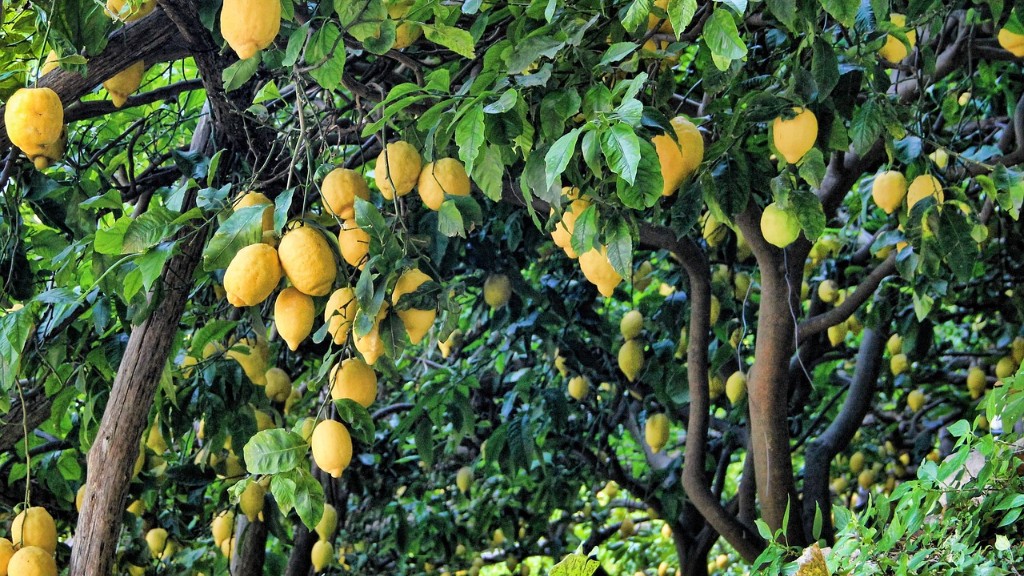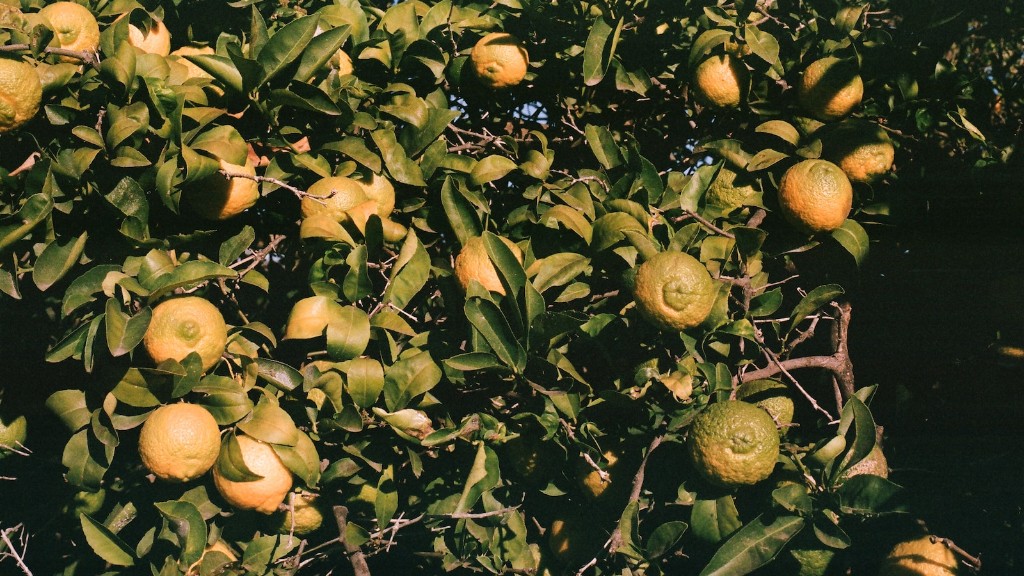Some fruits are so versatile, enjoyable, and easy to grow that it makes sense to have a tree dedicated solely to providing them. Avocados are one of those fruits, and for many, having an avocado tree in their backyard is the ultimate dream. The good news is that with a little planning and patience, it is possible. But before getting started, it’s important to understand the basics behind buying and caring for an avocado tree.
Types of Avocado Trees
The two main types of avocado trees are Guatemalan and Mexican. While the fruits are very similar, the trees vary in size, cold tolerance, and yield. Guatemalan avocados, also known as California avocados, are larger and bear more fruit, while Mexican avocados are smaller and more cold-tolerant. Trees of either type will grow in warmer climates, but in cooler regions where temperatures drop below 20 degrees Fahrenheit in the winter, it’s best to stick with Mexican varieties.
Buying an Avocado Tree
The best place to buy an avocado tree is from an online nursery. These nurseries typically offer a wide range of trees, ranging from tiny specimens suitable for container gardening to full-sized trees ready to be planted in the ground. When purchasing a tree, it’s important to consider the size and growth habit of the tree, as well as its cold tolerance. Buyers should also pay close attention to the shipping terms, as some nurseries only offer live plants during certain months or to certain states.
Planting an Avocado Tree
Avocado trees should be planted in a sunny location. Dig a hole that is twice as wide and just as deep as the pot the tree came in. Carefully remove the tree from its container and set it in the hole. Make sure the top of the root ball is even with the top of the soil and fill the rest of the hole with soil, tamp it down firmly, and water well. The tree should be watered deeply once a week during the growing season.
Fertilizing an Avocado Tree
Avocado trees need plenty of fertilizer in order to ensure healthy growth and fruiting. Use a commercially available avocado fertilizer, or mix your own by combining fish emulsion, kelp meal, and manure. Fertilize your tree every four to six weeks during the growing season and mulch with organic material to protect it in the winter.
Pruning an Avocado Tree
Avocado trees don’t require much pruning, but should be pruned periodically to keep the tree healthy and shapely. Most pruning should be done in late winter or early spring, when the tree is still dormant. Remove dead or damaged branches and thin out overcrowded sections. This will encourage proper air circulation and promote healthy new growth.
Pest Control for an Avocado Tree
Avocado trees can be susceptible to pests, such as fungus, scales, and mites. Keeping the tree properly watered and fertilized can help ward off pests, but if pests become a problem, it’s important to treat them right away. Many organic pesticides are available, but if the problem persists, it’s best to contact a professional pest control company.
Harvesting Avocados
Many people don’t realize that avocados take a while to ripen. They won’t be ready to pick until they turn a deep burgundy color and feel soft when gently squeezed. To speed up the ripening process, place the avocados in a paper bag with a ripe apple or banana. Avocados can be safely stored for up to ten days, but for the best flavor, eat them as soon as possible.
Protecting Against Cold
If you live in an area with cold winter weather, it’s important to protect your avocado tree from the cold. Covering it with a frost blanket and adding extra mulch around the root ball can help keep it warm. It’s also a good idea to give the tree a deep watering before a frost, as the extra moisture will help insulate it.
Proper Care and Maintenance
Proper care and maintenance are essential to the health and longevity of an avocado tree. Regular watering, fertilizing, pruning, and pest control are all important parts of the process. Additionally, if you live in a colder climate, it’s important to protect your tree from the cold. With a little care and patience, you can proudly enjoy the tasty fruits of your labor.
Container Gardening
Avocado trees are great for container gardening, as they won’t take up too much space and can still give you plenty of delicious fruit. Be sure to use a container that is at least two feet deep and two feet across. The soil should be well-draining, and you’ll need to remember to water the tree regularly for it to survive. You can buy dwarf varieties or prune larger varieties to keep them smaller.
Companion Planting
Some plants can help protect avocado trees from pests and increase the size and flavor of the fruit. Examples of companion plants include basil, marigolds, borage, and garlic. These plants do not have to be planted directly with the tree, but they should be within a close proximity. Planting these companion plants will help create an environment that is more beneficial for the care and growth of your avocado tree.
Grafting
Grafting is a process that joins two pieces of plant material together, often in order to create a new or improved plant. Grafting can be used to propagate new avocado trees from existing ones, which can save you time and money. It’s best to have this done professionally, but it can be done at home with the right equipment. Grafting is an effective way to create new avocado trees that are fast-growing and have higher yields.


